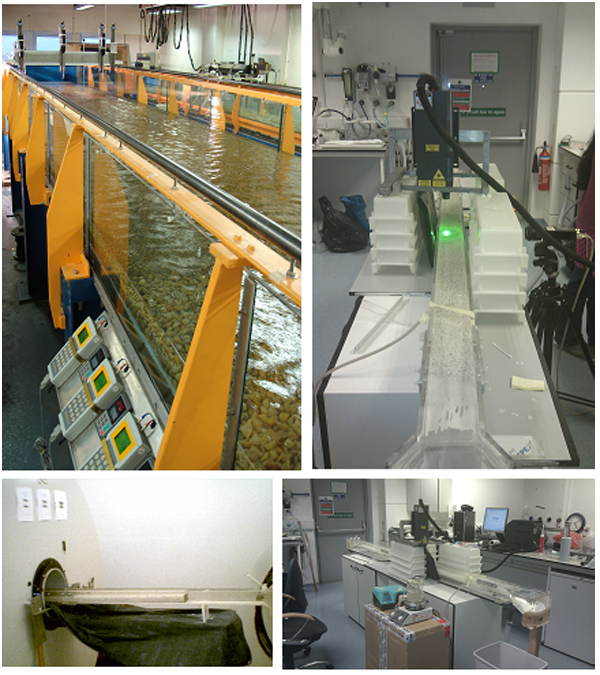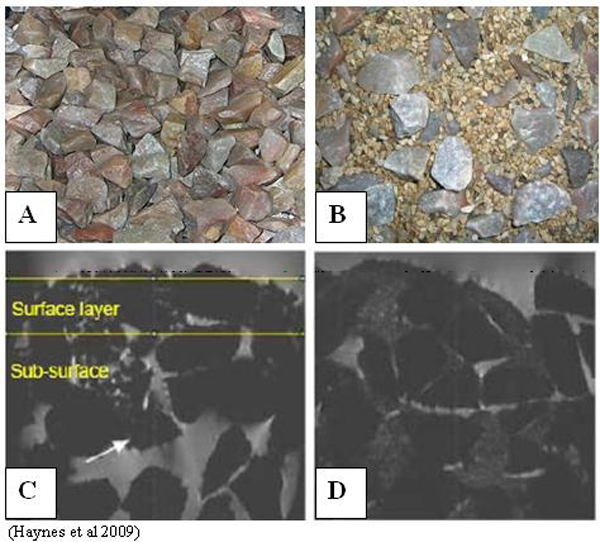The emerging use of MRI to study River Bed dynamics .
- 1. Heriot Watt University, Energy, Geoscience, Infrastructure and Society, Edinburgh, United Kingdom
- 2. University of Cambridge, Chemical Engineering, Cambridge, United Kingdom
- 3. University of Glasgow, Glasgow, United Kingdom
The characterization of the surface and sub-surface sedimentology has long been of interest to gravel- bed river researchers. The determination of surface structure is important as it exerts control over surface roughness, entrainment and transport. Similarly, interpretation of the sub-surface structure is critical in the analysis of bed permeability, the fate of pollutants and maintaining healthy hyporheic ecology. As such, researchers continue to develop and refine more sophisticated analytical techniques to improve accuracy and reduce processing time. Photogrammetry, object-recognition algorithms, laser displacement mapping and optical interferometry have all enhanced the analysis of particle arrangement; yet they remain restricted to investigation of the bed surface.
Currently, sub-surface analysis continues to be invasive; bulk sampling of grain-size distributions cannot help analyse structural arrangement; freeze-coring introduces bias near the inserted tube]; and sub-surface flow measurement is restricted in spatial extent. The difficulty with conventional techniques is their confinement to a two-dimensional view of an inherently three-dimensional structure. This difficulty is confounded by the opacity and irregularity of the bed structure.

We have sort to use Magnetic Resonance Imaging to investigate sub- surface structure and flow [1] [2] [3] . In addition , we have used Particle Imaging Velocimetry (PIV) to image above surface flows, and laser displacement scanning to provide quantitative 2.5D descriptions of the gravel bed surface. Figure 1 shows an open flume channel constructed though the MRI bore, this can be removed for over-surface Particle Velocimetry experiments. Figure 2, shows examples of fine sediment infiltration into a gravel bed using MRI.

- [1] 1. Lakshmanan S, (2014), Characterization of flow transport within pore spaces of an open-work gravel bed, International Journal of Engineering & Technology, 457-463
- [2] Haynes H, (2012), A new approach to define surface/sub-surface transition in gravel beds, Acta Geophysica, 1589-1606
- [3] 28. Haynes H, (2009), Using magnetic resonance imaging for experimental analysis of fine-sediment infiltration into gravel beds, Sedimentology, 1961-1975
